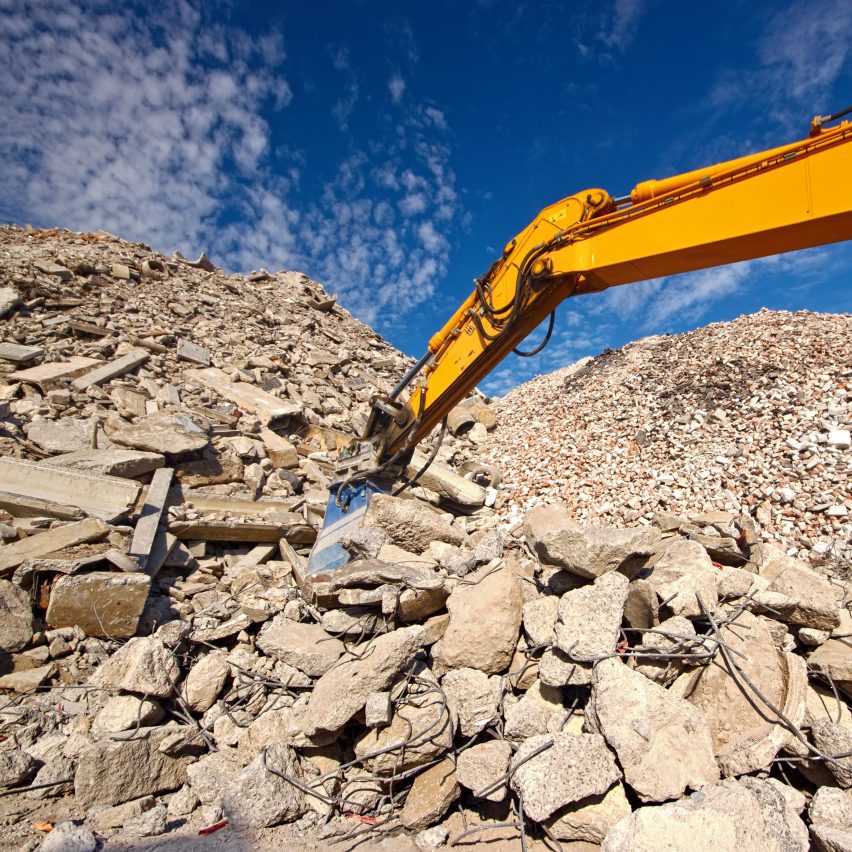Recycling "breakthrough" could usher in zero-emissions cement

Researchers at the University of Cambridge have devised a way of cheaply producing low-carbon concrete at scale by making use of waste cement and the steel industry's electric arc furnaces.
The method developed by the engineers involves recycling old cement from demolished buildings by heating it up and reactivating the compounds within it.
Key to the innovation is how this process is executed: by piggybacking off the existing electric-powered furnaces used to recycle steel.
Recycling innovation a "breakthrough for the construction industry"
Cement is the key ingredient in concrete and responsible for around 90 per cent of the material's substantial carbon emissions.
The Cambridge researchers' approach addresses both of the major sources of those emissions: the chemical reaction as limestone is turned into new cement, and the firing of fuels to power the high-heat kilns needed for that process. Cambridge academic Julian Allwood said that the innovation represented "a breakthrough for the construction industry" and that the research team believed it would become "the world's first process for making zero-emissions cement".
Researchers have made a cement recycling "breakthrough". Image courtesy of Shutterstock
"We know that if in future that furnace is powered by electricity that has no emissions, our process could make cement with no emissions whatsoever," said Allwood.
The team have started a private company to commercialise...
| -------------------------------- |
| CONTRAHUELLA. Vocabulario arquitectónico. |
|
|
Villa M by Pierattelli Architetture Modernizes 1950s Florence Estate
31-10-2024 07:22 - (
Architecture )
Kent Avenue Penthouse Merges Industrial and Minimalist Styles
31-10-2024 07:22 - (
Architecture )






